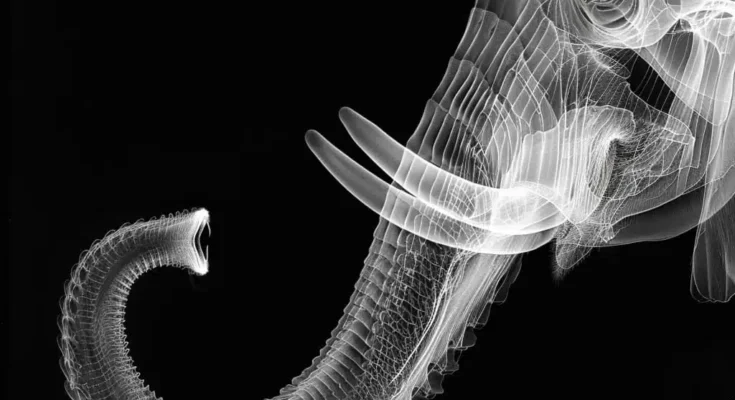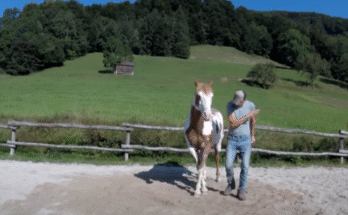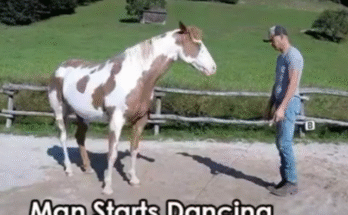Do Elephants Have Bones in Their Trunks?

Elephants are among the most iconic and fascinating creatures on our planet, known for their immense size, intelligence, and distinctive features. One of the most intriguing aspects of an elephant is its trunk. A versatile tool, the elephant’s trunk is used for breathing, smelling, touching, grasping, and producing sounds.
But does this flexible and powerful appendage contain bones? Let’s dive into the anatomy of an elephant’s trunk to uncover the truth.
Anatomy of an Elephant’s Trunk
Contrary to what some might think, elephants do not have bones in their trunks. The elephant’s trunk is a muscular hydrostat, a unique type of biological structure that functions without the aid of bones.
Instead, it is composed of an intricate network of muscles, with estimates suggesting that there are about 40,000 to 150,000 muscle fascicles (bundles of muscle fibers) within it. This complex muscular structure allows for the extraordinary flexibility and strength observed in the trunk, enabling it to perform a wide range of movements and functions.

How Does the Trunk Work Without Bones?
The lack of bones in the elephant’s trunk might seem puzzling at first, but it’s precisely this absence that grants the trunk its remarkable versatility. The trunk’s muscle fascicles are arranged longitudinally, transversely, and radially, allowing for precise movements in almost any direction. This muscular arrangement lets the elephant use its trunk for delicate tasks, such as picking up a small leaf, and powerful actions, like uprooting a tree.
Furthermore, the trunk serves as a critical sensory organ. The tip of the trunk is highly sensitive, equipped with numerous nerve endings that help the elephant explore its environment, detect scents, and grasp objects with astonishing dexterity.
Functions of the Elephant’s Trunk
The elephant’s trunk is not just a marvel of nature in terms of its structure but also in its functionality. Here are some of the key roles the trunk plays in the life of an elephant:
- Breathing: The trunk acts as a long nose, allowing elephants to breathe even when their mouth is submerged in water.
- Smelling: With an exceptional sense of smell, elephants can detect water sources and food from miles away.
- Touching: The trunk’s sensitivity enables elephants to feel their surroundings, identify objects, and communicate affection with other elephants.
- Grasping: Whether it’s picking up a tiny berry or a hefty log, the trunk’s muscular control is unparalleled.
- Sound Production: Elephants use their trunks to trumpet warnings, communicate with the herd, and produce infrasound waves for long-distance communication.
Conclusion
The elephant’s trunk is a marvel of biological engineering, combining strength, precision, and sensitivity without the need for bones. This absence of a skeletal structure in the trunk allows for a level of flexibility and control that bones could not offer, highlighting the incredible adaptability and evolution of these majestic creatures.
Understanding the anatomy and functions of the elephant’s trunk deepens our appreciation for these gentle giants and the wonders of the animal kingdom.



